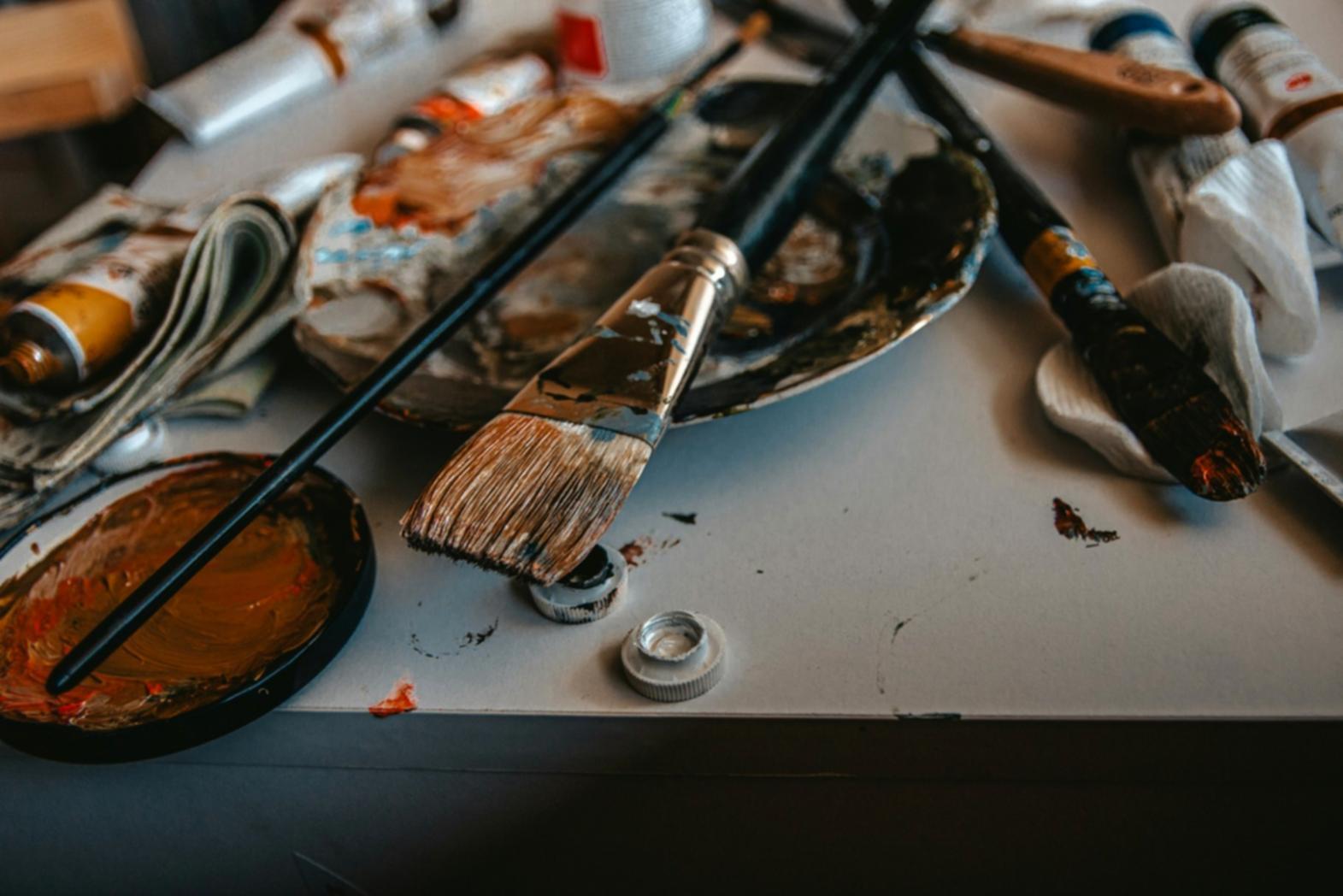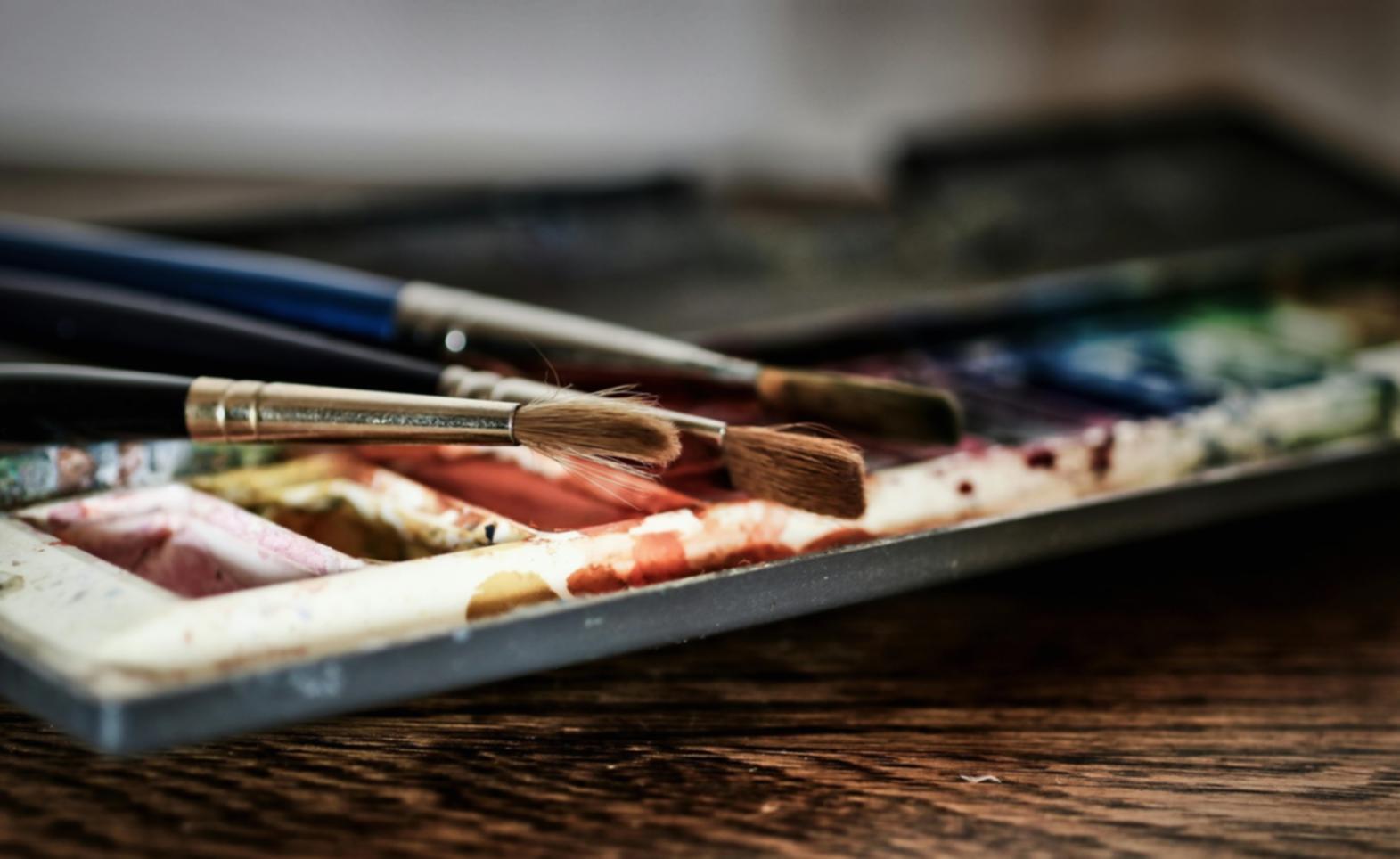Meet Our Founder
Marcus started teaching color theory after years of frustration with traditional art education. His background combines fine arts training with research in visual perception – an unusual combination that shapes everything we do.
"I spent too many years learning color 'rules' that didn't work in practice. Now I teach the principles behind the rules, so students can adapt to any situation."
Before founding Quivara, Marcus worked with museums on color restoration projects and taught continuing education classes for graphic designers. He holds certifications in color science from the Royal College of Art.
What sets his approach apart is the focus on troubleshooting. Instead of just teaching what works, he helps students understand why certain color combinations fail – and how to fix them.




